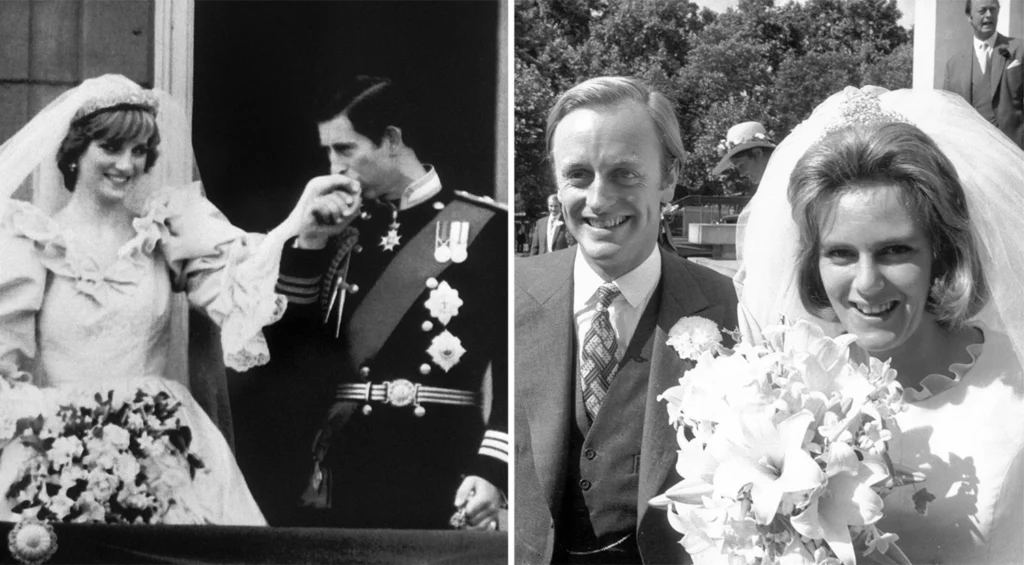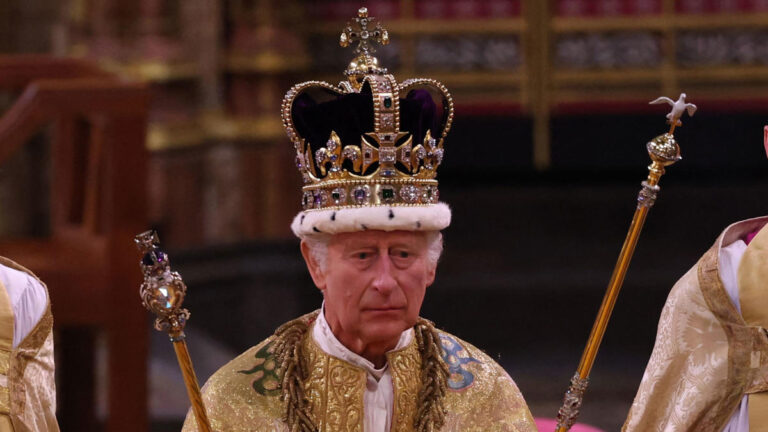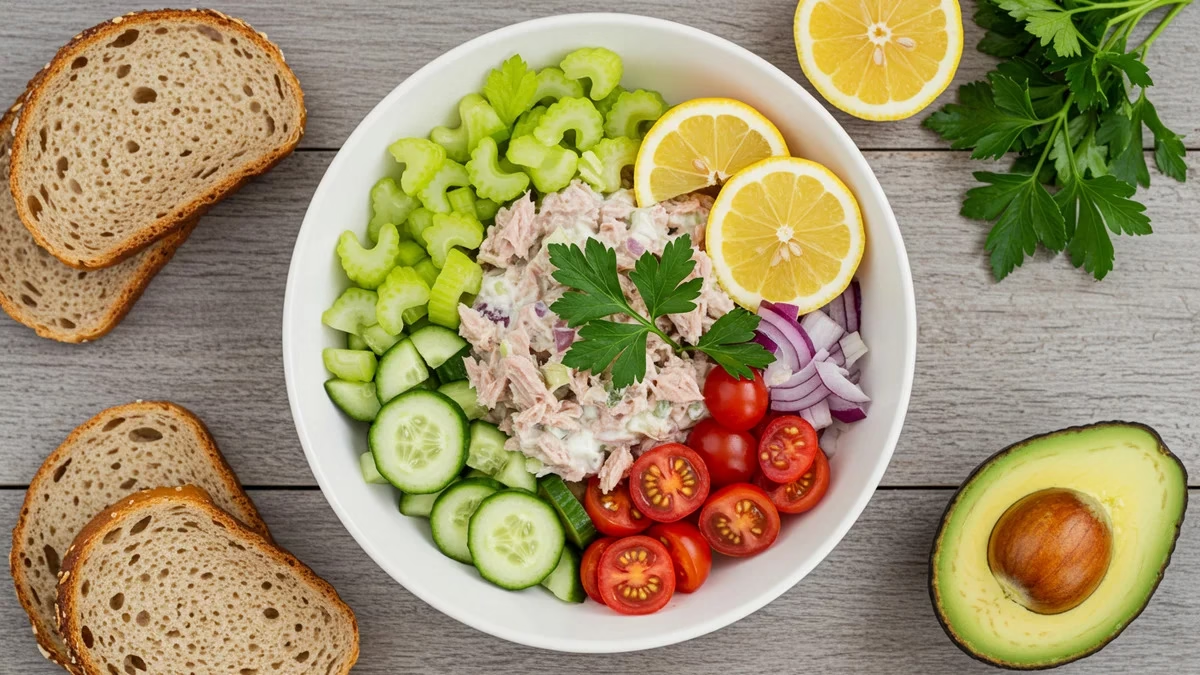King Charles III
Reigns |
8 September 2022 – Present |
Coronation |
6 May 2023 |
Predecessor |
Elizabeth II |
He |
William, Prince of Wales |
Born |
14 November 1948 |
Age |
74 |
Home |
Windsor |
Spouses |
Diana Spencer |
Camilla Parker Bowles |
|
Issue |
William, Prince of Wales |
Prince Harry, Duke of Sussex |
|
Name |
Charles Philip |
Father |
Prince |
Mother |
Elizabeth II |
Religion |
Protestant |
Signature |
Charles’s signature in black ink |
Education |
Gordonstoun |
Alma Mater |
Trinity College, Cambridge |
Birth and Family Background

Prince Charles, Charles Philip Arthur George, was born on November 14, 1948, in Buckingham Palace, London. He is the eldest son of Princess Elizabeth, Duchess of Edinburgh (later Queen Elizabeth II), and Philip, Duke of Edinburgh. At the time of his birth, Charles became the Duke of Cornwall and Duke of Rothesay, titles traditionally held by the heir apparent.
Education and Schooling
Charles received his early education at home from a governess, and later attended Hill House School in West London, followed by Cheam School, a preparatory school in Berkshire. In 1956, he became a boarder at Gordonstoun School in Scotland, which was known for its emphasis on outdoor activities and character development. Charles then attended Timbertop, a campus of Geelong Grammar School in Australia, as part of an exchange program.
After completing his secondary education, Charles enrolled at Trinity College, Cambridge, in 1967 to study archaeology and anthropology. He graduated in 1970 with a Bachelor of Arts degree, which was later upgraded to a Master of Arts.
Investiture as Prince of Wales
In 1969, Charles was officially invested as the Prince of Wales and Earl of Chester in a grand ceremony held at Caernarvon Castle in Wales. As the Prince of Wales, he took on a variety of official duties and public engagements. He also embarked on overseas tours representing the British monarchy and took an interest in areas such as urban planning, architecture, and environmental conservation.
Official Duties and Engagements
Charles embraced his role as the Prince of Wales and carried out numerous official duties and engagements. He represented the British monarchy on various international visits and diplomatic missions. Additionally, he actively participated in charitable initiatives and public events, focusing on areas such as youth development, heritage conservation, and architecture.
Military Service
In terms of military service, Charles joined the Royal Air Force (RAF) in 1971 and underwent pilot training. He earned his wings as a helicopter pilot in 1974 and went on to serve in the RAF until 1976. He also trained with the Royal Navy, qualifying as a helicopter pilot and taking command of the coastal minehunter HMS Bronington.
Charitable Initiatives
In addition to his official and military duties, Prince Charles has been involved in numerous charitable endeavors. In 1976, he established the Prince’s Trust, which provides support and opportunities for young people facing disadvantages. Over the years, the Prince’s Trust has helped thousands of individuals start their own businesses, pursue education and training, and overcome personal challenges. Charles has also founded or supported other charitable organizations focusing on issues such as the environment, architecture, heritage conservation, and youth development.
Marriages and Personal Life

king Charles 💕Diana ………………………. king Charles 💕 Camilla
Prince Charles’s personal life has attracted significant media attention. He married Lady Diana Spencer (Princess Diana) in a lavish ceremony at St. Paul’s Cathedral in London on July 29, 1981. The couple had two sons, Prince William (born in 1982) and Prince Harry (born in 1984). However, their marriage faced difficulties, and they separated in 1992, ultimately leading to divorce in 1996. Tragically, Princess Diana died in a car accident in Paris in August 1997.
In 2005, Charles married Camilla Parker Bowles, who became the Duchess of Cornwall. Camilla has taken on various public roles and supports her husband’s charitable initiatives. Together, Charles and Camilla undertake official engagements both in the United Kingdom and abroad.
Role as King Charles III
As King Charles III, Charles has assumed the responsibilities of the sovereign, representing the United Kingdom and its Commonwealth realms. He serves as the head of state, carries out ceremonial duties, and undertakes diplomatic engagements. As monarch, he also plays a constitutional role, approving legislation, appointing government officials, and offering counsel to the Prime Minister.
Advocacy for Environmental Conservation
King Charles III has been a dedicated advocate for environmental conservation and sustainability. He has spoken out about the urgent need for global action to address climate change and other environmental issues. Charles has used his platform to promote sustainable practices and has highlighted the importance of preserving natural resources for future generations. He has also championed organic farming and supported initiatives that promote ecological balance and biodiversity.
Promotion of Interfaith Dialogue
Prince Charles has been actively involved in promoting interfaith dialogue and understanding. He has sought to foster harmony among different religious communities and has engaged in conversations with leaders of various faiths. Through his efforts, Charles aims to encourage mutual respect, tolerance, and peaceful coexistence in a diverse society.
Patronage of Charitable Organizations
As a patron of numerous charitable organizations, King Charles III continues to use his position to raise awareness and support important causes. He has dedicated his efforts to areas such as youth empowerment, education, healthcare, and the arts. Through his patronages, he strives to make a positive impact and improve the lives of individuals and communities.
Reforms and Changes within the Monarchy
King Charles III’s reign has brought some changes to the monarchy. He has expressed his intention to streamline the royal family, focusing on the core members and reducing the number of working royals. This shift aims to ensure a more efficient and cost-effective monarchy while maintaining its relevance and connection with the public.
Legacy and Expectations
While Prince Charles faced some scrutiny and challenges in the past, he has persevered and gained respect for his dedication to public service. His ascension to the throne marks a new chapter in British history, and the nation looks to him to provide stability, guidance, and continuity. With his commitment to important causes, such as environmental conservation, interfaith dialogue, and charitable work, King Charles III is expected to leave a lasting legacy of positive change and social impact.
King Charles III Ascends the Throne
After a span of 70 years, Britain witnesses the ascension of its new king. King Charles III’s coronation took place at the iconic Westminster Abbey in London, marking a significant moment in British history. At the age of 74, King Charles III assumes the throne, becoming the oldest British monarch to be crowned.
Coronation Ceremony at Westminster Abbey

The coronation ceremony unfolded at Westminster Abbey, steeped in grandeur and centuries of tradition. The historic venue provided a fitting backdrop for this momentous event, as the nation gathered to witness the crowning of its new monarch.
Receiving the St. Edward’s Crown
With solemnity and reverence, the Archbishop of Canterbury, Justin Webley, placed the revered St. Edward’s Crown upon King Charles III’s head. The 360-year-old crown symbolizes the pinnacle of the coronation, making King Charles III the oldest British monarch to bear this historic emblem.
Historical Significance and Symbolism
King Charles III’s coronation holds historical significance as it comes after a span of 70 years within the British royal family. The last coronation took place in 1953 when King Charles was just four years old, witnessing the crowning of Queen Elizabeth. The wearing of the St. Edward’s Crown carries deep symbolism and signifies continuity within the monarchy.
Assuming the Responsibilities
As King Charles III took his oath and received the St. Edward’s Crown, he assumed the immense responsibilities of the monarchy. At the age of 74, his ascension to the throne showcases his years of experience and wisdom, positioning him to provide stability, guidance, and continuity for the nation.
Celebrations and Proclamation
The nation rejoiced as the Archbishop of Canterbury proclaimed, “God save the king.” This resounding proclamation echoed throughout the abbey, carrying with it the hopes and well wishes of the nation. Gun salutes by Royal Navy ships stationed across the United Kingdom further commemorated the joyous occasion.
Anticipation for King Charles III’s Reign
With the passing of his beloved mother, Queen Elizabeth, King Charles III’s reign marks a new chapter in British history. The British people, filled with optimism and anticipation, look to their new monarch to provide leadership, unity, and progress. They hope for a reign characterized by the preservation of cherished traditions and the pursuit of a prosperous future.
Shri Narendra Modi, the Prime Minister Of India, took to Twitter and expressed his well wishes, stating:
In a tweet , the Prime Minister said ;
” Congratulations to King Charles III and Queen Camilla on their coronation. We are confident that India-UK relations will grow stronger in the coming years. @Royal Family”





